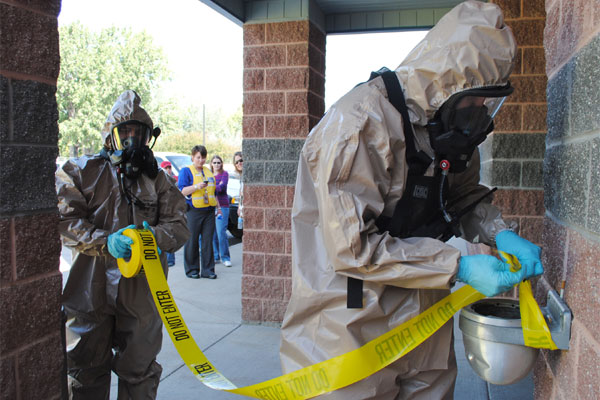JUNE 11, 2015
POTTAWATOMIE COUNTY, OKLA.
A cattle truck overturned on I-40 Thursday morning in
Pottawatomie County. 120 head of cattle are loose on the interstate.
Troopers said at least two semi-trucks were involved. Westbound lanes are expected to be closed for
hours while authorities continue herding cattle and remove the damaged
vehicles.
According to troopers, distracted driving led to the crash.
Since the initial crash several other vehicles have gotten
into accidents, many of them hit cows on the interstate.
Troopers say cows have been reported up to five miles east
and west of the accident scene.
A second semi-truck crashed nearby getting onto the highway.
That truck has spilled what appears to be a load of ice cream all over the
road. The driver of that vehicle was taken to an area hospital.
//////---------------///////////
Parts of major highways in Tulsa and near Oklahoma City were
temporarily closed on Thursday morning after trucks carrying cattle crashed and
tipped over in separate incidents, spilling scores of livestock on the
roadways.
In Tulsa, a rig carrying 106 head of cattle tipped over,
while in the Oklahoma City-area county of Pottawatomie, about 100
miles to the southwest of Tulsa, a semi-truck carrying 120 head of cattle
overturned, according to the Oklahoma Department of Transportation.
Many cattle escaped in both incidents and were seen grazing
along the side of roads, causing traffic jams stretching for miles after
authorities shut the roadways to round them up. Others remained trapped in the
truck trailers.
In the Oklahoma City-area accident, a professional cattle
wrangling team was called in to gather up the livestock, the Daily Oklahoman
quoted a highway patrolman as saying.
Source: http://www.koco.com
























